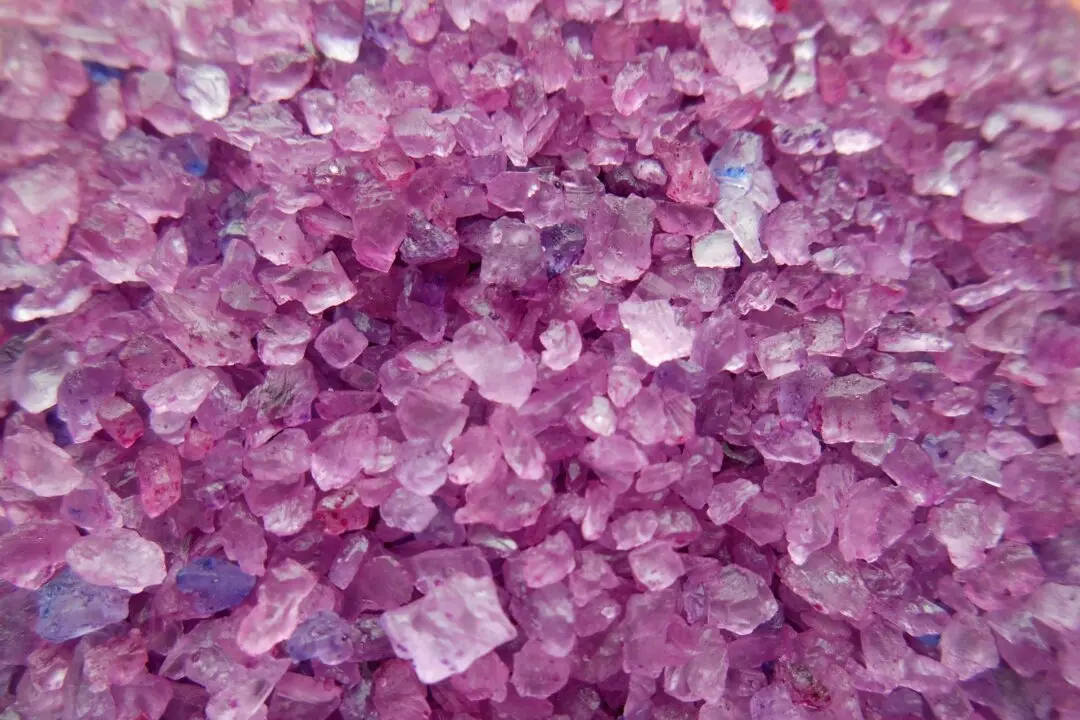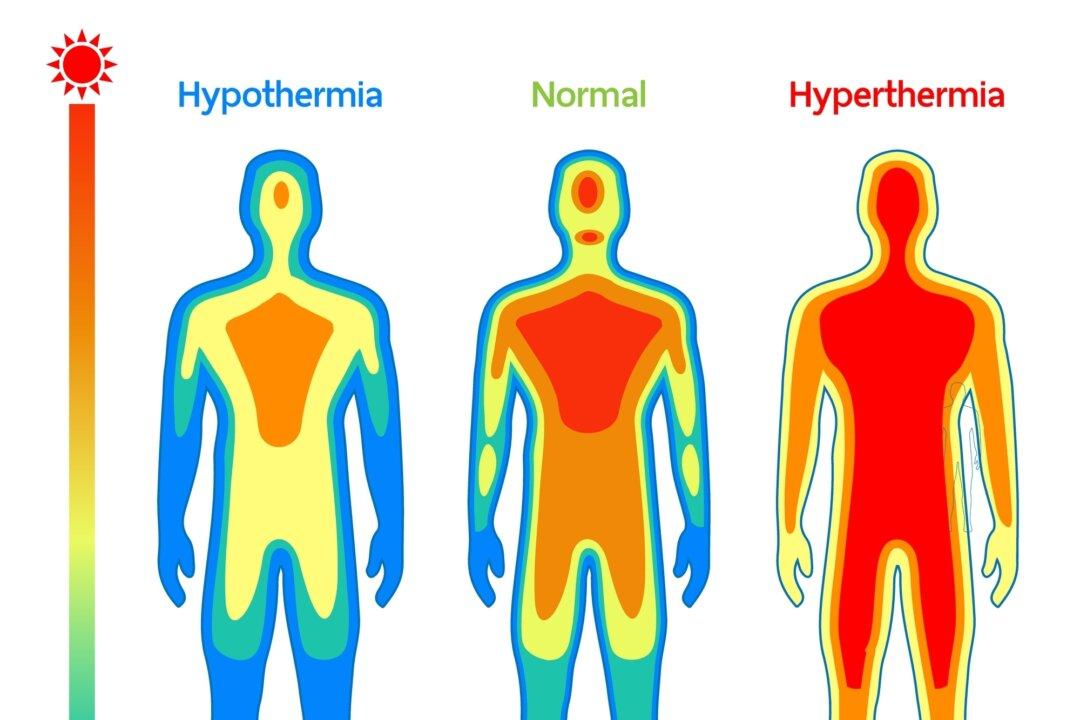We’ve been consuming dairy products for centuries. But is dairy still the nutritious food it once was? Today, many are asking that question, especially since antibiotics, estrogen, and radioactive elements have been found in milk over the past several years.
More people are developing allergies to milk and milk products. There’s also a worldwide increase in obesity, diabetes, and inflammatory disorders that research has linked to the high fat and sugar content of cow’s milk, although other dietary and lifestyle issues also contribute.
History of Dairy
When did we start drinking animal milk and why? Studies have shown that humans began drinking raw milk from animals at least 10,000 years ago. Archeological evidence includes milk traces in pottery vessels, dental remains, and analyses of ancient bones.People discovered long ago that milk was a complete, nutritious food that provided a steady source of nutrition when other food was scarce.
Through the centuries, more animals, including camels, cows, goats, sheep, donkeys, horses, water buffalo, and reindeer, became domesticated and their raw milk was used for food. The lack of proper refrigeration during these times also resulted in the introduction of yogurts, cheeses, and butter.
Numerous scientific studies have shown that raw milk from cows is correlated with decreased rates of asthma, allergies, eczema, otitis, fever, and respiratory infections. Raw milk also aids in recovery from antibiotic use and provides many gut-healthy probiotics and enzymes. Raw milk is a real superfood providing a wide variety of nutrients including calcium, phosphorus, vitamins, iron, protein, fats, and other substances important for the body.
It also has been discovered that drinking raw milk facilitates the lactase enzyme in the intestinal tract. This enzyme is important in the digestion of milk products, especially after age 2, since breastfed babies get this enzyme from their mother and thus when breastfeeding stops, lactase may decrease.
In the late 1800s, however, it was recognized that some diseases such as tuberculosis, typhoid, diphtheria, and scarlet fever were caused by the unsanitary conditions of dairy farms, especially those close to cities. It was during this time that the pasteurization of raw milk was introduced to alleviate that problem. Pasteurization eventually became the standard for ensuring safe milk even though it was known to destroy the lactase enzyme and degrade many of milk’s other nutrients.
The first law to require the pasteurization of milk was passed in Chicago in 1908. In 1987, the FDA mandated the pasteurization of all milk and milk products for human consumption, effectively banning the shipment of raw milk in interstate commerce except for cheese made from raw milk, provided the cheese had been aged a minimum of 60 days and was clearly labeled as unpasteurized.
The Benefits of Drinking Milk
Cow’s milk is a significant source of protein, vitamin D, vitamin A, and calcium, as well as other essential nutrients. Lactose or milk sugar is a carbohydrate and is split into its two sugars, glucose and galactose, by the lactase enzyme for better digestion and absorption into the body.It has long been recognized that milk has the highest concentration of calcium necessary for healthy teeth and bones, especially during the growing years. Additionally, calcium helps with blood clotting and wound healing, maintaining normal blood pressure, and controlling muscle contractions, including the heartbeat. The emphasis on calcium and the pasteurization process launched the popularity of milk in the United States beginning in the 1920s. This was considered one of the major breakthroughs in public health.
Vitamin D was added to milk in the 1930s to eradicate rickets, a disease caused by vitamin D deficiency. This disease softens and weakens the bones and was rampant at the time among poor children, particularly in northern U.S. cities with less sunshine, resulting in lower levels of vitamin D. This fortified milk also increases calcium absorption more effectively.
The Risks of Drinking Milk
Allergies
Babies and adults can both develop allergies to cow’s milk. The body’s immune system malfunctions producing allergic antibodies, mainly immunoglobulin E. There are two main proteins in cow’s milk that can cause this allergic reaction. The first is casein, which is found in the curd when milk curdles. The second is whey, found in the liquid part of milk that remains after milk curdles.Signs and symptoms of a milk allergy range from mild to severe and can include wheezing, vomiting, hives, itching, and digestive problems. Milk allergy also can cause anaphylactic shock. This is a severe, life-threatening reaction that requires immediate hospital attention. Avoiding milk and milk products is the primary treatment for milk allergy.
It also is possible to have an allergy to cow’s milk, but not to other dairy products. Dairy allergy appears most often in children, especially if given cow’s milk after breastfeeding. Most outgrow this by age 16.
Lactose Intolerance
Years ago, lactose intolerance may not have existed because raw milk contains the lactase enzyme needed to convert lactose for digestion. Additionally, without refrigeration raw milk would quickly ferment to create yogurt and cheese eliminating the lactose which is in most non-fermented dairy products today.Lactose intolerance has developed since the introduction of pasteurization. Raw milk contains the lactase-producing bacteria Lactobacillus, which is destroyed during pasteurization. Some milk producers add lactase back into pasteurized milk but this changes the taste and makes the milk sweeter.
Lactose intolerance isn’t an allergy but a disorder of the digestive system. In some people, lactose intolerance may be triggered by some other medical condition such as Crohn’s disease. In others, it develops without a specific underlying cause.
Inflammation
There has been considerable research done to evaluate chronic inflammation, cancer, and other disorders such as sinus infections and mucus and their relationship to dairy. As expected, there is much controversy on this and ongoing studies may help find clearer answers.Milk and other dairy products are the top sources of saturated fat in the American diet, contributing to heart disease, diabetes, and Alzheimer’s. Studies have also linked dairy to an increased risk of breast, ovarian, and prostate cancers. More research is needed.
Ditching Dairy
Some folks may consider ditching dairy when following vegan or paleo diets. Others have concerns about dairy farming methods and their impact on the environment.One of the top benefits of cutting out dairy is the removal of excess cholesterol, saturated fats, sugar, and salt, thus lessening calorie intake and promoting a healthy weight. These fats clog the body’s arteries increasing the risk of heart disease. Cheese can be especially dangerous due to its high fat content.
Dairy is also considered an acidic food that can disrupt the body’s acid/alkaline balance though some studies refute that claim. The debate continues.
Yogurt
The one dairy product you might consider keeping is low-fat or nonfat yogurt since it contains protein, vitamins, probiotics, and the calcium needed with a dairy-free diet. According to a recent study by UC San Francisco Health, nonfat yogurt is a healthy dairy product that contains the most calcium at 450 milligrams per cup. One 8-ounce serving provides about 45 percent of your daily calcium requirement.Yogurt’s protein content is around 14 grams per cup depending on the type. Greek yogurt may provide up to 20 grams of protein per cup.
Yogurt bacteria also break down the lactose during fermentation so even lactose intolerant people benefit from this product.
Plant Milks
Plant-based milk alternatives include soy, almond, oat, coconut, rice, cashew, and hemp.Plant milks are typically lower in saturated fat and calories than cow’s milk and provide some of the nutritional benefits of the whole plants themselves. Plant milks are also a good option for those who have milk allergies or are lactose intolerant.
Soy milk has been one of the oldest and most popular milk alternatives since it closely resembles cow’s milk. It can be traced back to 1365 in China. There has been some controversy around soy since the introduction of GMO soybeans. These have been shown to cause their own allergic reactions, so it’s best to buy non-GMO organic soy milk.
Conclusion
As we age, the need and even the desire to drink milk declines. A balanced whole foods diet can help maintain your health without the risks of weight gain, diabetes, or cardiovascular disorders that can be partially caused by eating a diet high in dairy products, especially milk.Switching to nonfat yogurt can be a wise choice if you are considering reducing your dairy intake. Also, taking calcium supplements can help, but check with your nutritionist for the correct type and dose. Eating other foods high in calcium, including leafy green vegetables, can help maintain normal calcium levels.
If you have no known allergies or intolerance to milk, it is best to consume organic, hormone-free milk from a reputable source. Always check the additives to any plant milk for increased sugars and artificial flavorings.
| Sandra Cesca is a freelance writer and photographer focusing on holistic health, wellness, organic foods, healthy lifestyle choices, and whole-person medical care. Her background includes allopathic medicine, naturopathy, homeopathy, organic and biodynamic farming, and yoga practices. |






